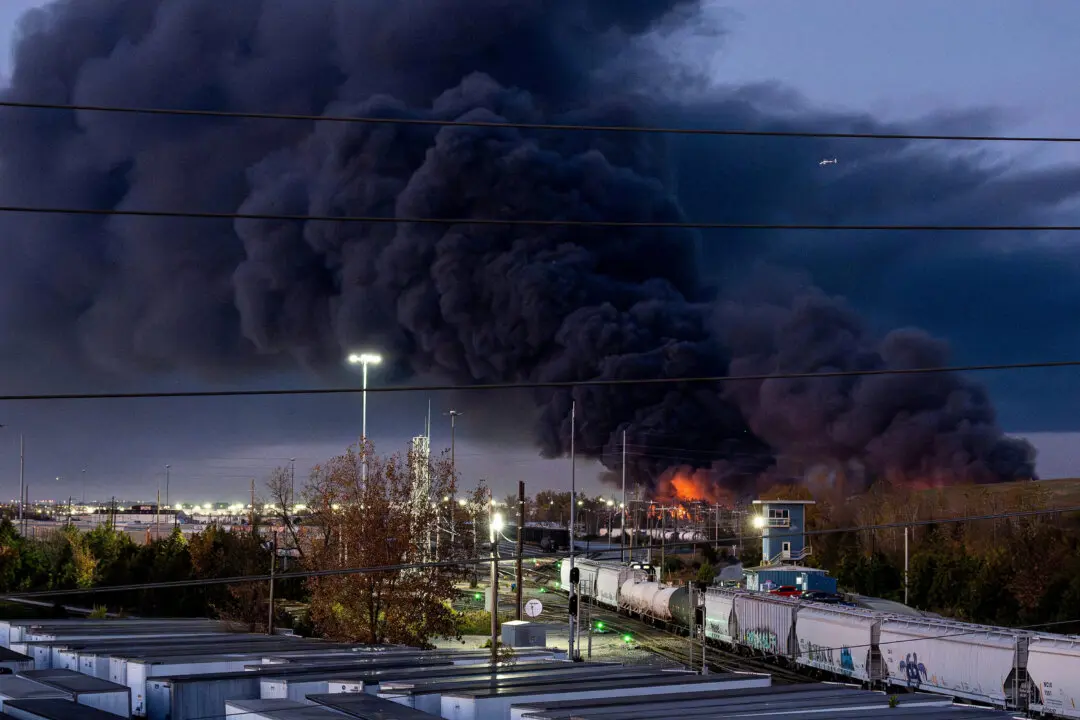BISMARCK, N.D.—North Dakota “is very seriously considering” a legal fight—separate from other states—against new federal rules designed to cut greenhouse gas emissions from U.S. power plants, state Attorney General Wayne Stenehjem said.
It is among 16 states that will have to reduce their carbon dioxide emissions the most under the new Environmental Protection Agency (EPA) rules unveiled Monday by President Barack Obama. Under the new standards, North Dakota must cut its emission rate by almost 45 percent by 2030.
“They are much more stringent than what we had feared,” Stenehjem said.
There is no cost-effective technology commercially available to remove CO<sub>2</sub> to that magnitude.





